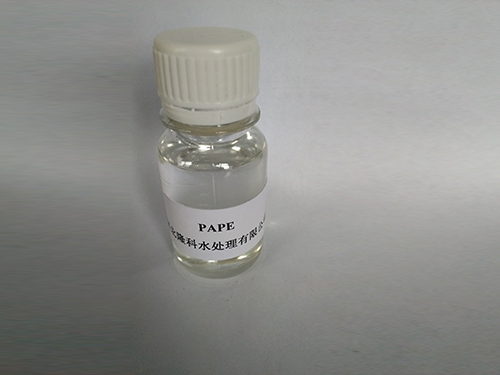Exploring the Impact of HEDP on Water Treatment Efficiency and Environmental Sustainability Strategies
Understanding HEDP A Comprehensive Overview
HEDP, or Hydroxyethylidene Diphosphonic Acid, is a chemical compound widely used in various industries, particularly in water treatment and as a chelating agent. This article explores the properties, applications, and significance of HEDP, emphasizing its role in improving water quality and promoting sustainable practices.
Chemical Properties
HEDP is a phosphonate compound known for its ability to form stable complexes with metal ions. With the molecular formula C2H8O7P2, it features two phosphonic acid groups that provide strong binding capabilities to calcium, magnesium, and other divalent or trivalent metals. This characteristic makes HEDP an effective scale inhibitor, preventing the formation of scales in industrial water systems such as cooling towers, boilers, and pipelines.
One of the notable features of HEDP is its excellent solubility in water, which enhances its efficacy in various applications. Additionally, it is relatively stable across a wide range of pH levels and temperatures, making it a versatile choice for different industrial settings.
Applications
The primary application of HEDP lies in water treatment, where it serves multiple functions, including scale inhibition, corrosion inhibition, and as a chelating agent. In cooling systems, HEDP helps to prevent the precipitation of scale deposits that can hinder heat exchange efficiency, ultimately leading to reduced energy consumption and extended equipment life.
hedp na4

In industrial processes, HEDP is often used in conjunction with other water treatment chemicals to enhance overall performance. Its ability to sequester metal ions helps to mitigate issues of hardness in water, allowing for more efficient operations in various sectors, including power generation and manufacturing.
Furthermore, HEDP is also employed in the personal care and cosmetics industry due to its chelating properties. It helps to stabilize formulations by binding divalent metal ions, which can adversely affect product performance and shelf-life. Additionally, HEDP is used in cleaning products, where it enhances detergent efficacy by preventing the formation of insoluble salts.
Environmental Considerations
As industries increasingly focus on sustainability, HEDP has gained attention for being comparatively eco-friendly. Unlike some traditional phosphates, which can contribute to algal blooms in aquatic systems, HEDP is less likely to cause environmental issues when used in appropriate amounts. This quality makes it a preferred choice in formulations aimed at minimizing environmental impacts while maintaining effective performance.
Moreover, with the ongoing development of regulations targeting phosphorous discharge in wastewater, HEDP offers an alternative that aligns with environmental standards. Its biodegradable nature and lower toxicity further enhance its appeal as a sustainable option in industrial applications.
Conclusion
HEDP is a multifaceted chemical compound that plays a crucial role in various industries, from water treatment to personal care products. Its ability to inhibit scale formation, sequester metal ions, and reduce corrosion makes it indispensable in maintaining efficient industrial processes and ensuring product stability. As industries strive for sustainability, HEDP stands out as an environmentally friendly alternative, promoting responsible practices while delivering superior performance. Through continued research and innovation, the applications and benefits of HEDP are likely to expand even further, solidifying its importance in modern industrial practices.
-
Water Treatment with Flocculant Water TreatmentNewsJun.12,2025
-
Polymaleic AnhydrideNewsJun.12,2025
-
Polyaspartic AcidNewsJun.12,2025
-
Enhance Industrial Processes with IsothiazolinonesNewsJun.12,2025
-
Enhance Industrial Processes with PBTCA SolutionsNewsJun.12,2025
-
Dodecyldimethylbenzylammonium Chloride SolutionsNewsJun.12,2025





